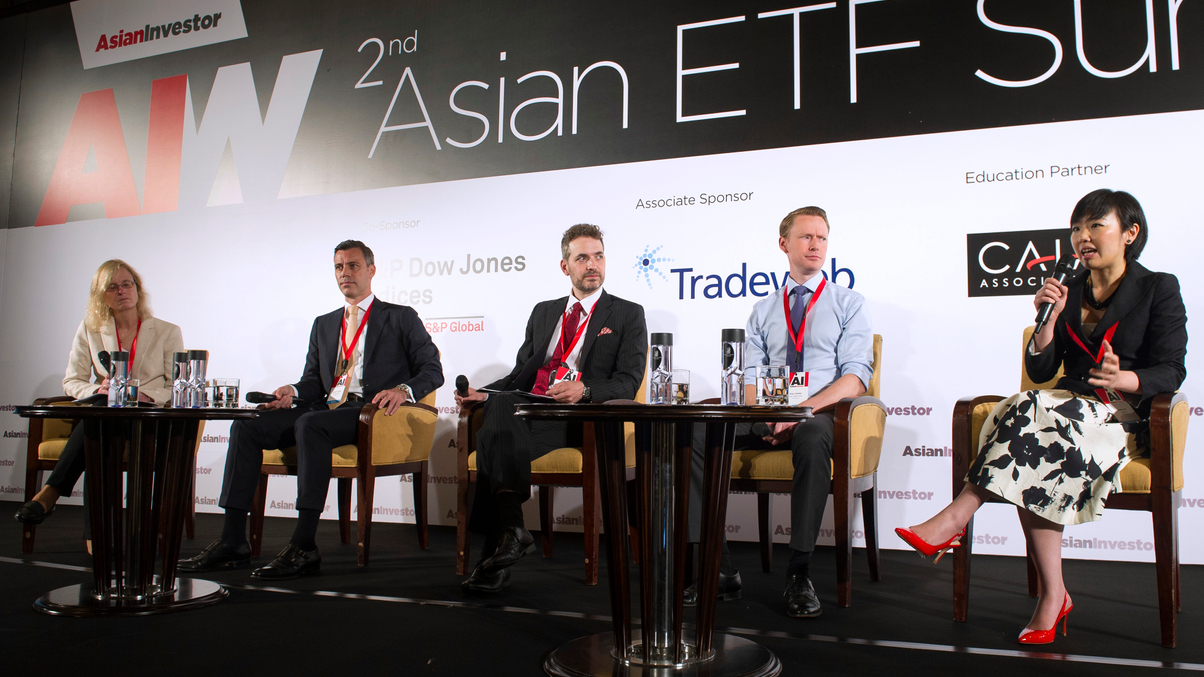ETF Summit: more smart-beta education needed
Speaking on the first day of AIWeek, industry observers noted how smart-beta strategies are gaining traction in Asia but were also a source of confusion.

Smart beta exchange-trade funds (ETFs) are growing in popularity but just what investment strategies they entail exactly remains a source of some confusion, delegates heard on the first day of AsianInvestor Week in Hong Kong.
Investors that try to use smart beta need to know when to use it, how to use it in their overall portfolios, and how much they should have in different smart-beta products with multiple factors, Deborah Fuhr, London-based managing partner at research house ETFGI, said at AIWeek's ETF Summit on Tuesday.
Sign in to read on!
Registered users get 2 free articles in 30 days.
Subscribers have full unlimited access to AsianInvestor
Not signed up? New users get 2 free articles per month, plus a 7-day unlimited free trial.
¬ Haymarket Media Limited. All rights reserved.


